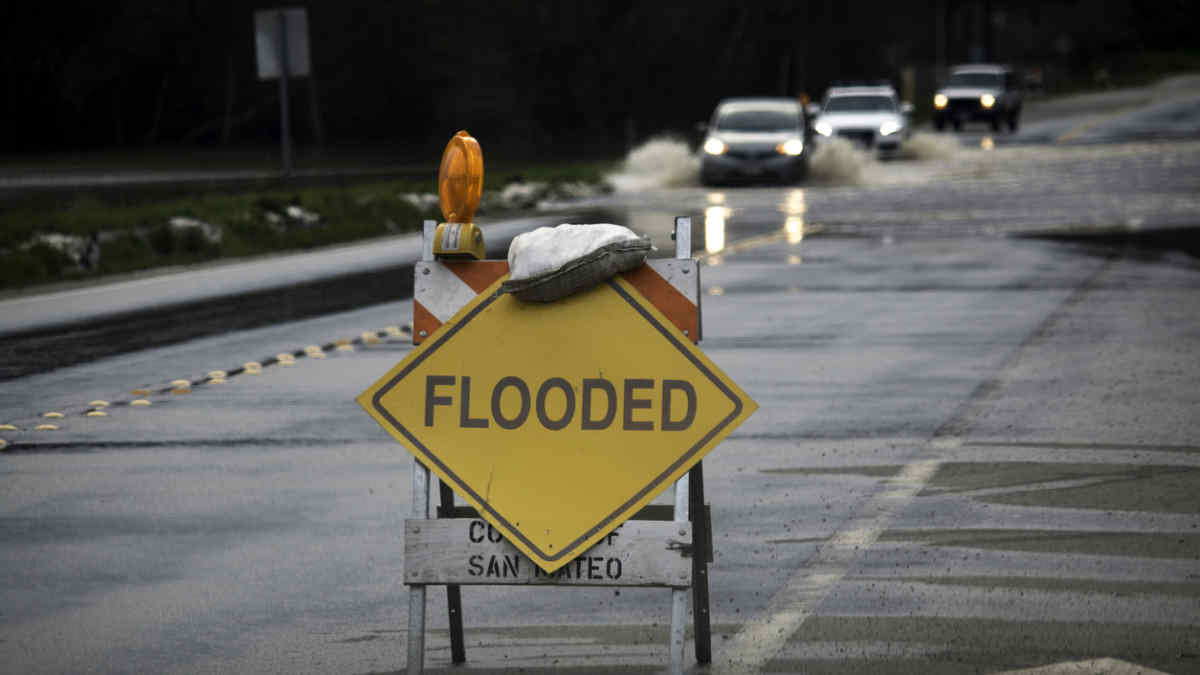

?
The emergency conditions persist in California, which has been deluged with storms, flooding and mudslides during the last two weeks. Widespread road closures, snowstorms, mudslides and power outages have made it difficult for employees to get to work and for businesses to continue operations, especially in transportation or delivery.
We’ve gathered a group of articles on the news from SHRM Online and other trusted news sources.
State of Emergency
On Jan. 11, the White House authorized direct federal assistance to an additional 14 counties in California, the Federal Emergency Management Agency said. The federal state of emergency now covers 31 of the state’s 58 counties.
Crews across California raced to get highways and public transit cleared and restored after mudslides, fallen trees and surging water have snarled travel in the past few days. State transportation officials reported more than 40 road closures, stretching from Siskiyou County on the state’s northern edge to Orange County in the south. Forecasters this week warned residents to expect more storms to pound the northern part of the state in the coming days.
(Roundup of events from The New York Times)
More to Come
California has experienced six atmospheric rivers in recent weeks and is bracing for as many as three more, with the wild weather set to continue for at least another week, Gov. Gavin Newsom said Jan. 10- from Santa Cruz County, where raging ocean water damaged an iconic wooden pier. The storms have poured a tremendous amount of water on the state, especially in central California, including the San Francisco Bay Area and Sacramento Valley.
(AP News)
Economic Losses
California’s flooding rains and heavy snows have killed at least 17 people and caused more than $30 billion in damages and economic losses, according to AccuWeather Inc. Those calculations are based on direct and indirect impacts of the storm, including damage to property, job and wage losses, crops, evacuation costs, airline delays, lost business and supply-chain interruptions. The heavy rains follow three years of severe droughts in California.
Business Impact
Businesses have been moving perishable foods to non-flood prone restaurants, raising furniture off the ground to prevent water damage and bringing in employees to help clear properties. Amid the business closures, little to no revenue is coming in to help offset the added expense. In some locations, when the power goes out, so do the elevators, the hot water, the heat and the exterior building locks.
Resources for Dealing with Weather Emergencies
For employers coping with power outages and other storm-related emergencies, SHRM offers resources on a hub page, including some information specific to California.
